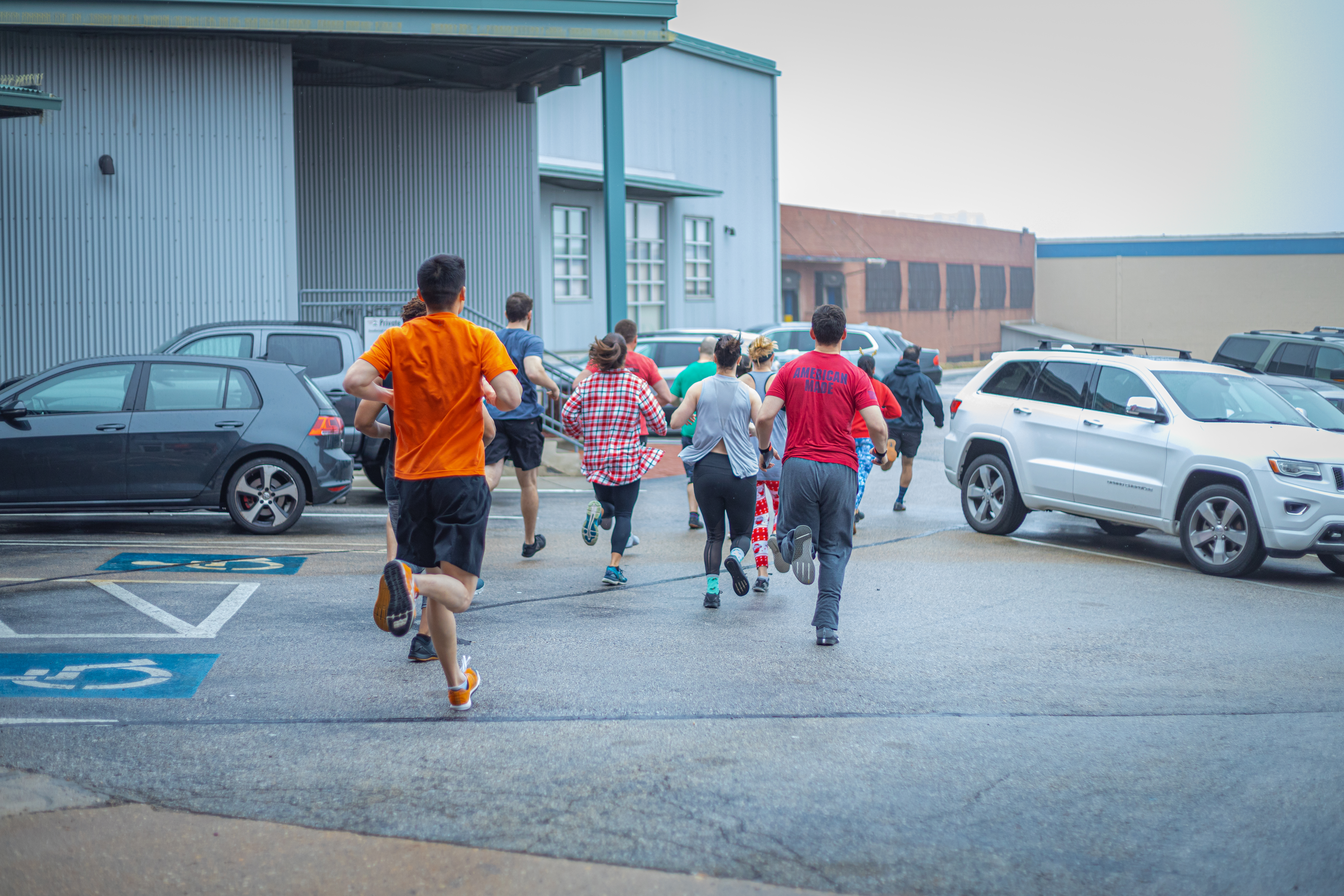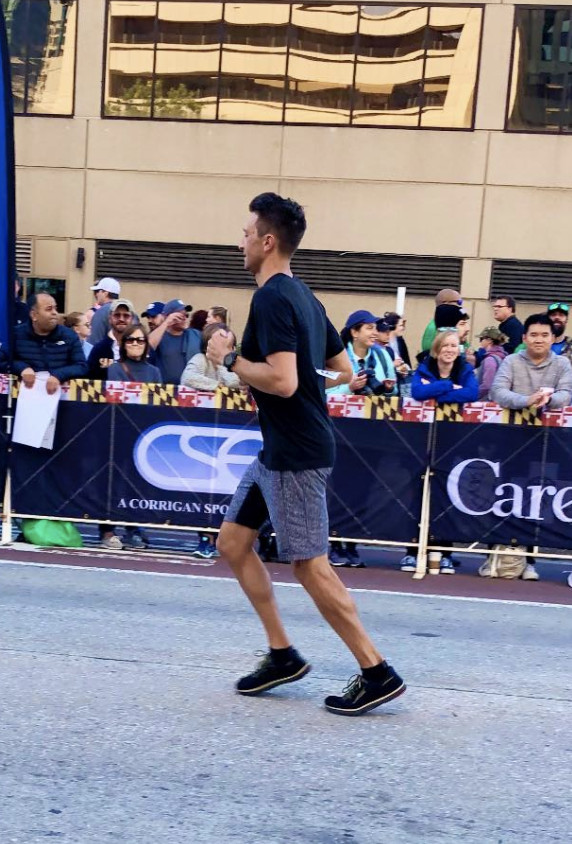
Ask any “hardcore CrossFitter”, and you’ll probably hear just how much they hate running. That doesn’t mean they’re not more prepared for it than usual.
Having been a CrossFitter for the last 6 years, I too grew accustomed to sub-10 minute workouts and to having Cindy (a 20 minute AMRAP of pull ups, pushups and air-squats) be considered “basically a marathon”, but then I signed up for a race.
Not just any race though. I decided to see if I could train for an Ironman in 1 year.
During training thus far, I’ve realized just how much CrossFit has enabled me to embrace such a challenge that would have been next to insurmountable without it.
CrossFit can help reduce running injuries?
Yup.
I guess I could leave it at that, but allow me to explain:
CrossFit provides seemingly endless lower body strength training, and helps improve your body awareness. Two things that are beyond crucial to long distance running.
The best way to do CrossFit is in group classes per customized to you with Personal Training.
Build a base level of leg strength.
Having built a solid base of leg strength over the last 6 years, I had a decent advantage entering the sport. That is particularly critical when you’re taking (what is literally) ~1,600 steps per mile bearing ~3.5 times your body weight in force every. single. step.
In CrossFit we talk about scaling quite often. Can’t lift a certain amount of weight? Scale it. Can’t do a complicated gymnastics movement? Scale it.
With running, we see far too often people just “go”. They take off out their door for the first time and do 1,600 single leg quarter squats at ~500lbs aka run a mile without having a proper base of strength to help avoid injury.
If you supplement your running with a CrossFit program, you can bet you’ll begin to build the necessary strength, not only to run further, but to run safer.
Dial in your body awareness
Knees out. Heels down. Chest up - All common cue’s heard from coaches daily in classes around the world.
As an athlete matures in the CrossFit gym, they begin to hear those cues less from coaches and more in their heads. Complete a sloppy air squat, remind yourself to drive those knees out. Lose your lumbar curve, remind yourself to keep your chest up. Etc.
We call that body awareness. The ability to know what your body is doing, what it should be doing, and how to correct it if necessary.
With the amount of reps aka steps taken in any distance run, there are literally thousands of chances to monitor your bodies movement and make sure it’s moving properly, and safely.
There are just a few things to keep in mind while running:
- Short steps
- Quick cadence
- Mid to forefoot landing
- Knees in line with your toes
Each of those require some cognitive effort to make sure they happen every time as much as possible during your run.
With every step, if you can constantly be aware of what your legs are doing, and if they’re doing something you don’t want them to (knees pulling in, for example), know how to engage the necessary muscles to correct the movement patterns.
Improving your running is crucial to even a “hardcore CrossFitter”
If you fall in the “hardcore CrossFitter” (or even just the casual-but-still-don’t-like-running kind) category and you’ve made it this far in the post, I commend you! Now, how does this benefit you?
Consider Helen (3 rounds 400m run, 21 kettlebell swings (1.5 pood / 1 pood), 12 pull-ups). With it’s moderate kettlebell weight and low number of pull ups, it’s not uncommon to meet an athlete that can complete such a workout “unbroken” (not breaking up the movements into individual sets), or pretty darn quickly.
Real improvement in this workout, comes in the run. Can you run faster? Conserve more energy for the gymnastics movements?
Practicing some of the same techniques discussed for safety can improve your speed too: quick cadence, landing on your forefoot recruiting more calf/quad (and saving your hamstrings for the kettlebells), etc.
Move from a 2 minute 400 to a 1:30 400, and watch those PR’s fly!
The bottom line
Building a base level of lower body strength is a good idea when considering starting distance running, considering running further, or simply looking to improve your current running.
Building body awareness and focusing on form (just like with any other movement) will help you avoid injury.
Practicing good running form can still benefit the “hardcore CrossFitter” who doesn’t work out longer than 15 minutes at a time, by speeding up those 200m, 400m and 800m runs they’re often “forced to do”.
So get out, pound some pavement, and let your new found strength, body awareness & speed carry you to your next PR.


